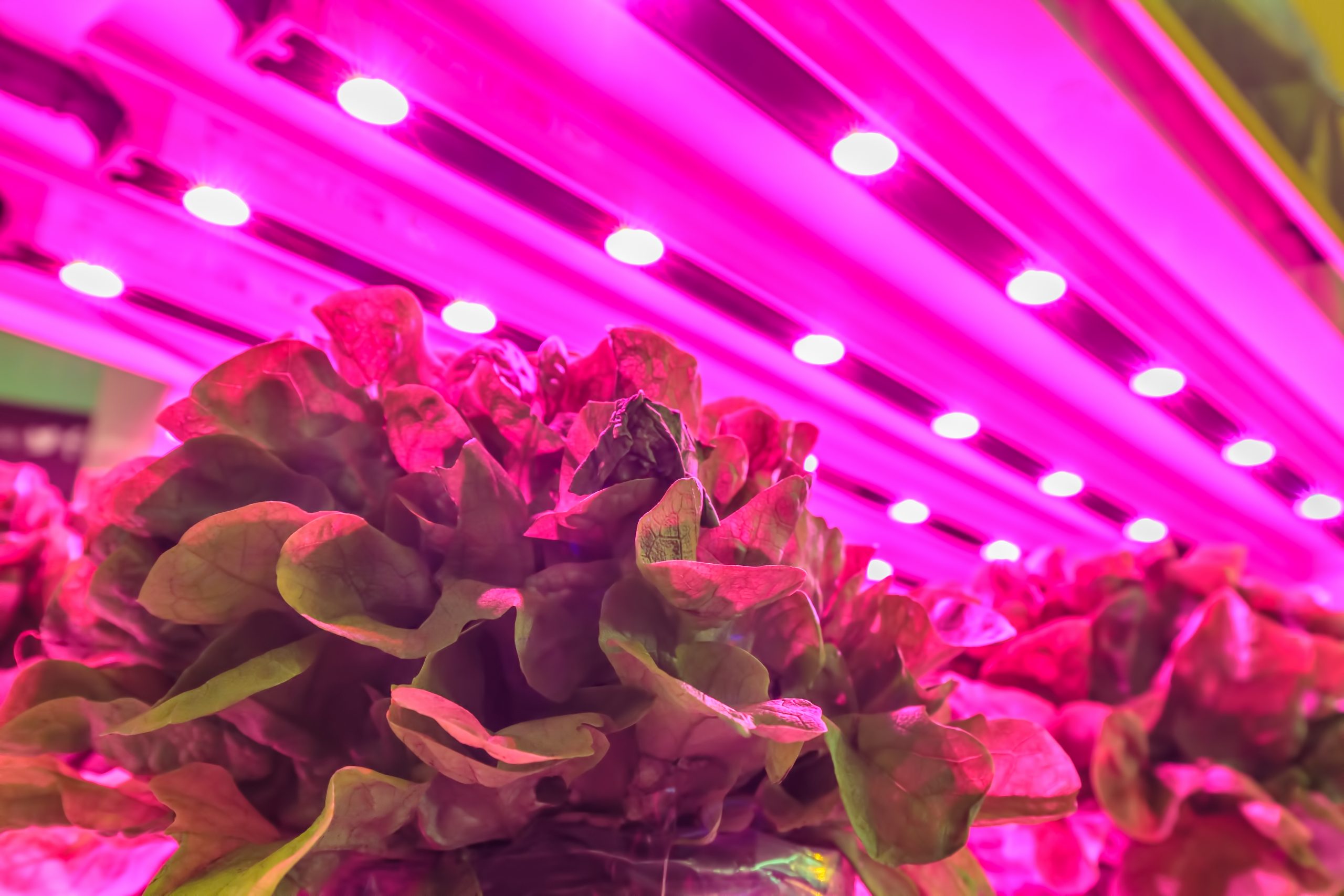
Ground-breaking multi-industry export program set to commence
13 May 2022
Protecting Australia’s honey bee population through enhanced surveillance
13 May 2022A project was completed in 2021 that examined a range of high technology systems and assessed their applicability to urban Australia. The project team provided recommendations on how the Australian horticulture industry can realise opportunities surrounding high technology horticulture production in urban environments and build the capacity of this sector. Vegetables Australia spoke to Project Lead Kristen Stirling from RM Consulting Group about the findings.
High-technology horticulture
‘Production of plants within a growing structure (generally a building or greenhouse) using technology that optimises the use of resources such as water, energy, space and labour. Typically intended for intensive production to maximise yields.’
In 2020, RM Consulting Group (RMCG) was commissioned by Hort Innovation to look at the financial (economic), social and environmental aspects of high-technology horticulture and what was happening around the world in this sector.
United States-based urban farming consultancy Agritecture provided modelling of the inputs and outputs of the high-tech systems, while the University of Technology Sydney undertook a literature review. Graeme Smith from Graeme Smith Consulting also advised on protected cropping systems.
RMCG’s Dr Kristen Stirling led the project and she explained that high-tech technology won’t replace field-based systems or large-scale glass house production, but instead compliment these horticultural growing practices.
“Some of the discussion we had when undertaking this project was if this is the new system for production of horticultural crops. It’s not – and it never will be, but it is a compliment to some of the existing types of production that we do,” Dr Stirling explained.
“We looked at some of the drivers around that. We are very lucky in Australia; we have a lot of land. Countries where this type of production has really taken off is heavily constrained when it comes to land and that’s why they invest in these types of systems.
“We don’t have that issue here, but we are a very water scarce country. We also have a very variable climate and that can be problematic at times for field-based production. Some of the advantages of these types of systems are you can grow produce all-year round – you’re not constrained by climate and climate variability.”
Dr Stirling also pointed to COVID-19 as a factor in driving these high-tech systems.
“We were completing this project in a time of COVID, and people are looking at things in a different way. We saw the direct impact of disruption to supply chains and logistics, and we were all confined to very small radiuses. As a result, people are starting to look at the opportunities to have our food grown closer to home.”
Key recommendations
Dr Stirling outlined what was needed to build the high-tech horticulture sector in Australia, including providing support to growing businesses.
“In countries where it has worked well, such as Singapore, the Netherlands, France and Japan, there have been policies and regulations put in place to try and support start-ups and people beginning these types of enterprises – providing space within urban environments, grants and financial support,” she said.
“There is also collaboration between universities, government agencies and private businesses to provide an environment that will foster this type of enterprise.”
Another factor is urban planning, and space for horticultural growing isn’t being considered when building in the city.
“Urban planners don’t really think about agriculture because they don’t have to; it’s not part of the normal set-up. I think we need greater communication to raise awareness among urban planners, and make sure it’s included in planning regulations – that you can have these types of production systems alongside buildings where people are living and working,” Dr Stirling said.
“It is starting to happen in New South Wales – there are a number of urban greening projects being undertaken. It is happening from a greening perspective, but we need to go the next step in terms of food production.”
Also taken into consideration was the systems’ location.
“If you’ve got a glasshouse on top of a roof top – can you incorporate waste from the building into the glasshouse? Things such as wastewater and waste heat from the building may be used to help drive production,” Dr Stirling said.
“This is being looked at; but again, some of the planning regulations are a barrier.
Dr Stirling also explained that there is scope for further research into advanced LED lighting systems and genetic improvement in the crops, so plants can be grown quicker.
Planning ahead
Dr Stirling said that high-tech production systems are an exciting opportunity for careers in agriculture, especially for the next generation.
“We have a problem getting younger people into agriculture and horticulture. I think because this is tech heavy, younger people may be more interested in it,” she said.
But, she added, a level of technical understanding of how to grow plants and good business planning is needed.
“You need to know how you’re going to market your produce. Because some of the production costs are quite high, you need to have a strong marketing model. You need to be targeting high-value, premium crops – such as micro herbs or high-value leafy vegetables – that you can sell at a premium price.”
Project summary available online
A whole-of-horticulture investment, HA19005 identified several areas where further work is required to enable the use of high technology urban horticulture in Australia. It looked at the economic, planning and government support, environment, and social aspects.
These recommendations are outlined in the project summary entitled Opportunities for High-Technology Horticulture in Urban Australia.
To read the summary and the project’s final report, please click here.
Find out more
Please contact Dr Kristen Stirling on (03) 9882 2670 or email kristens@rmcg.com.au.
Feasibility study into opportunities for high-technology horticulture production in urban environments was a whole-of-horticulture project funded by Hort Innovation with contributions from the Australian Government.
Project Number: HA19005

